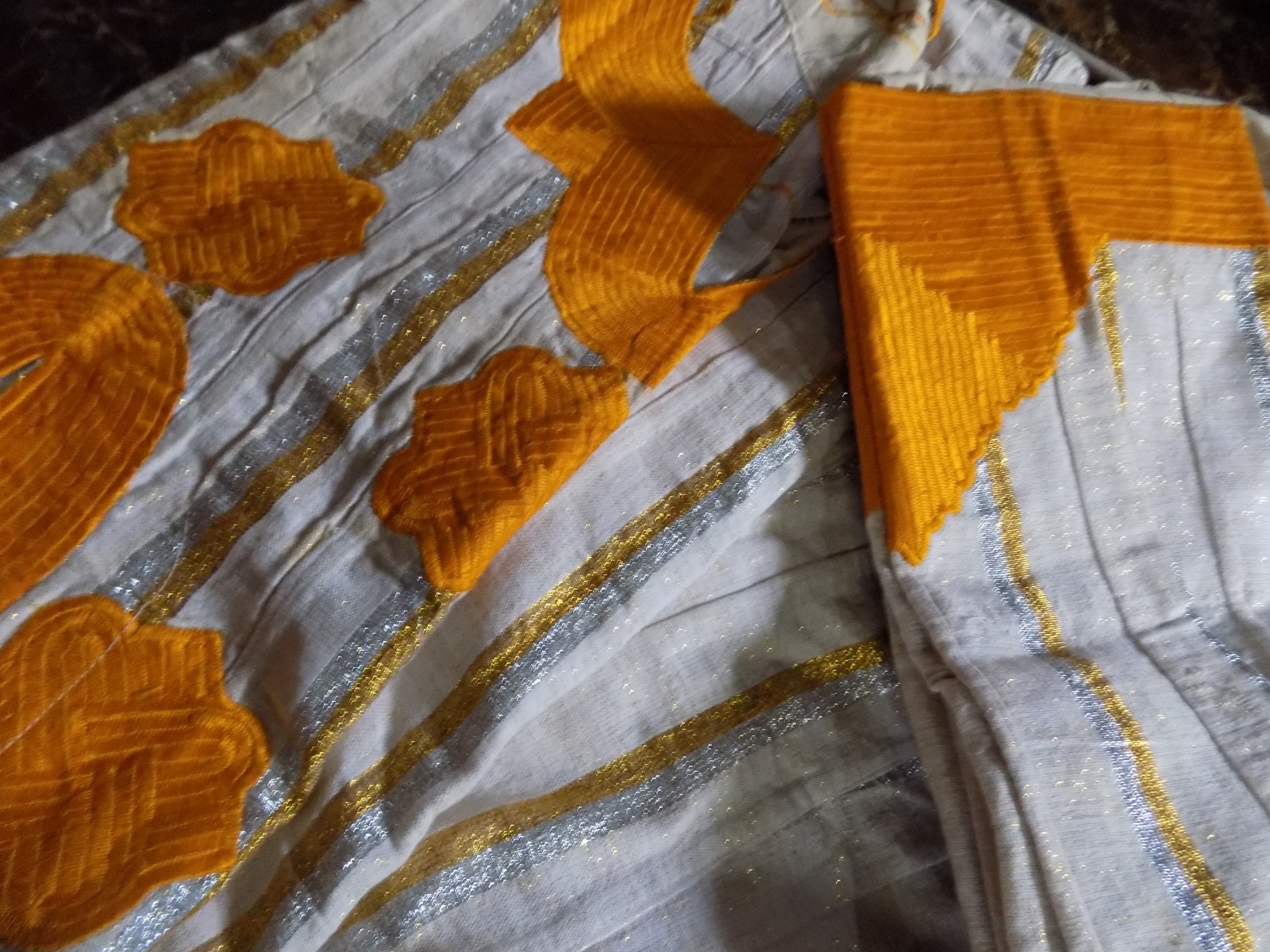
Image credit: Africanrockart.Org
The art of engraving is a traditional technique of incising or carving designs, patterns, or text onto a hard surface. Engraving has been practiced for centuries and is used on various materials such as metal, wood, glass, stone, and even some plastics. The engraved patterns can be decorative, functional, or informational.
The process of engraving involves using sharp tools or instruments to cut into the surface, removing material to create the desired design. The engraved lines or depressions can be shallow or deep, depending on the artist’s intention and the material being worked on. The engraved lines can also be filled with ink or other substances to create contrast and make the design more visible.
Here are Some Common Techniques Used in Engraving:
Hand Engraving:
This traditional method involves using hand-held tools such as burins or gravers to cut into the material manually. Hand engraving requires a high level of skill and precision, and it allows for intricate and detailed designs.
Machine Engraving:
With advancements in technology, machine engraving has become more prevalent. It involves the use of computer-controlled machines equipped with cutting tools to engrave the design onto the material. This method is often used for mass production and can replicate designs accurately.
Laser Engraving:
Laser engraving is a modern technique that uses lasers to engrave designs onto various materials. The laser removes the material through burning or vaporization, creating precise and detailed engravings. It is commonly used in industries like jewelry, electronics, and personalized gift items.
Engraving is utilized in various fields, including:
Art and Decoration:
Engraving is commonly employed to create artistic designs on jewelry, silverware, firearms, and other decorative items.
Printmaking:
In printmaking, engraved metal plates are used to create prints by applying ink to the engraved lines and then transferring the design onto paper.
Personalization and Identification:
Engraving is frequently used for personalizing items like trophies, nameplates, and gifts. It’s also utilized for identification purposes on objects like serial numbers on tools or VIN numbers on vehicles.
Currency and Security Printing:
Engraving has historically been used in currency design and security printing due to its difficulty to replicate accurately.
Historical and Architectural Preservation:
Engravings can be found on historical monuments, tombstones, and buildings, preserving important information and commemorating events or individuals.
Importance of Engraving
Engraving holds significant importance in various aspects of human culture, history, and industries. Here are some key reasons why engraving is valued:
Artistic Expression:
Engraving is a versatile and expressive art form that allows artists to create intricate and detailed designs on various materials. It provides a unique way to showcase creativity and craftsmanship, producing visually stunning and lasting works of art.
Historical Significance:
Engravings have played a crucial role in preserving historical events, information, and knowledge. From ancient inscriptions on stone tablets to engravings on historical monuments, they provide a tangible link to the past, helping us understand and appreciate our heritage.
Personalization and Memorabilia:
Engraving allows for personalized touches on items like jewelry, trophies, gifts, and mementos. It adds sentimental value and makes these items more meaningful and cherished by their recipients.
Identification and Security:
Engraving is utilized for identification purposes, such as serial numbers on products or unique markings on valuable items like artwork or luxury goods. This aids in tracing ownership, deterring theft, and establishing provenance.
Printmaking and Publishing:
In the field of printmaking, engraving plays a vital role in creating high-quality prints with intricate details. Engraved metal plates are used to reproduce artworks, illustrations, and maps in books and other publications.
Industrial Applications:
Engraving has practical applications in industries like jewelry, electronics, firearms, and automotive. It is used to mark logos, model numbers, and other essential information on products, adding a professional and finished look.
Currency and Security Printing:
Engraving has historically been a crucial technique in currency design and security printing. The intricate engravings on banknotes make them difficult to counterfeit, contributing to monetary stability and preventing fraud.
Architectural Decoration:
Engravings are found on various architectural elements, including stone facades, pillars, and sculptures, adding decorative details and inscriptions that contribute to the overall aesthetic appeal and historical significance of buildings.
Cultural and Religious Symbolism:
Engravings are often used to depict religious symbols, cultural motifs, and spiritual messages. They hold profound meanings for communities and individuals and are integral to various rituals and ceremonies.
Legacy and Commemoration:
Engravings on tombstones and memorials serve as a lasting tribute to individuals who have passed away, ensuring that their memories endure through time.
Overall, engraving combines artistry, craftsmanship, and functionality, making it an essential and valued practice in both traditional and contemporary contexts. Its ability to leave lasting impressions on materials and human culture underscores its enduring importance in various facets of society.
Engraving, whether done by hand or machine, requires a skilled artisan or operator who understands the materials, tools, and techniques involved. The art of engraving continues to be appreciated and utilized in various industries and artistic expressions, even in the modern world of technology and digital design.
Image credit: Africanrockart.Org
What’s is your impression on this article?
Kindly like and share.





















